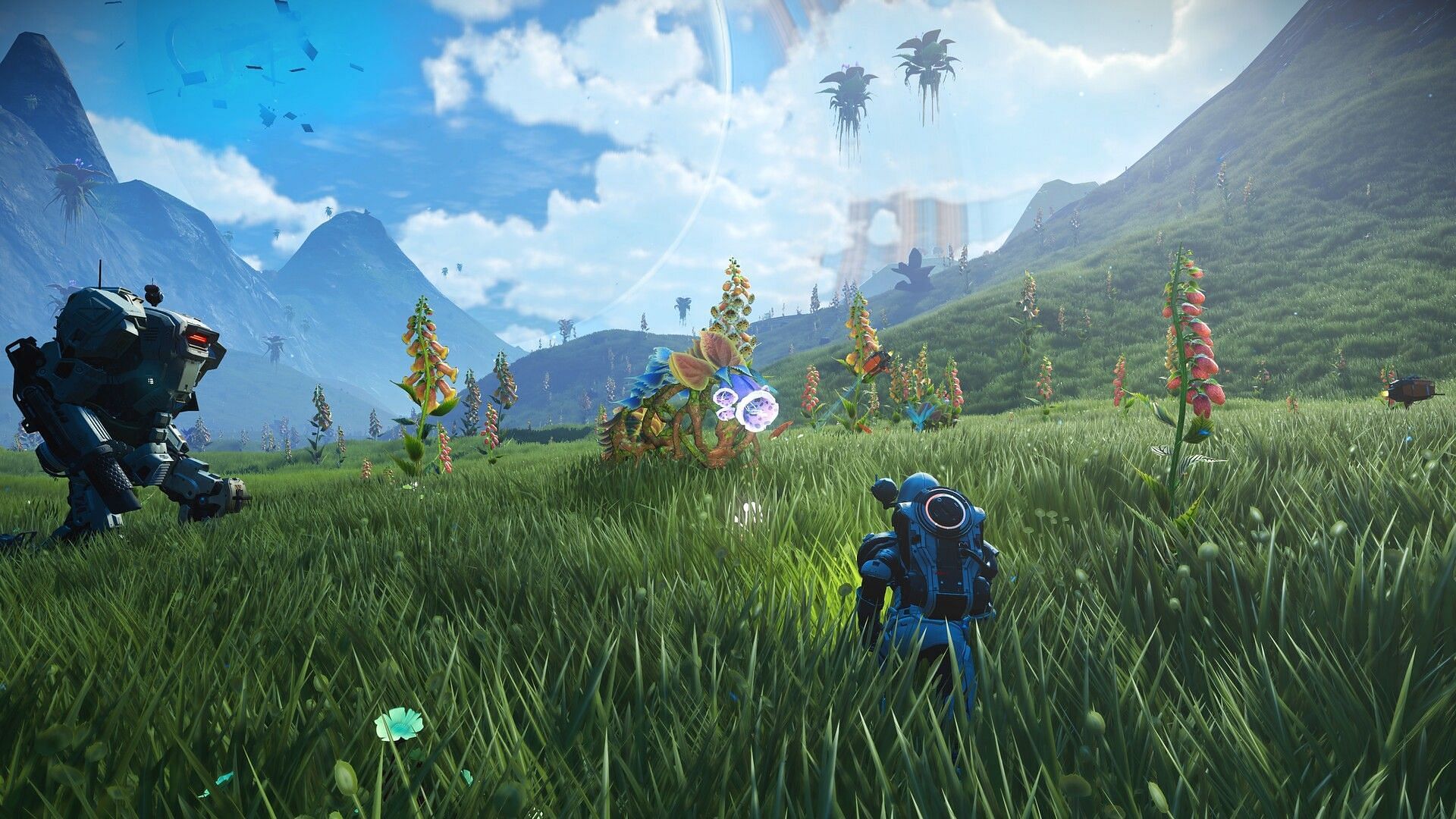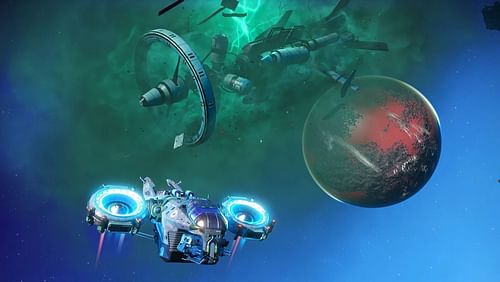
All major graphical changes in No Man's Sky Worlds Part 1
No Man's Sky just got its biggest update of the year — Worlds Part 1. Apart from content additions, the game's visuals have been massively improved, which leads to much better experiences across the board. It also means the sci-fi exploration title has gotten more expensive and you now need more rendering horsepower to get similar framerates.
The game has also included several new video options that give players extra freedom to fine-tune their experience. Let's go over everything that's new and which setting is best for you.
What are the new graphics settings options in No Man's Sky Worlds Part 1 update?

The brunt of the graphics options has remained the same with the latest Worlds Part 1 update. However, gamers now get a new "Water quality" setting that was missing from previous builds. Moreover, you also have a new Motion Blur setting that can be used to add some subtlety to the visual option.
For the new water quality setting, we recommend the High preset if you're playing on a 60-class GPU. Anything over that, like an RTX 3070 Ti or an RTX 4070, can handle the game at Ultra settings.
Motion blur is a subjective setting. You can choose any value between zero and 180 depending on your preference.
The game now ships with support for Nvidia Reflex Low Latency. If you're on a Team Green GPU, you can enjoy better latencies with the On + Boost setting.
There is also a maximum FPS setting that we recommend setting to the refresh rate of the panel you're playing on.
The detailed graphics settings now are as follows:
Display & Graphics
- Window mode: Fullscreen
- Monitor: Primary
- Resolution: 1920 x 1080
- Resolution scaling: 100%
- V-sync: Triple buffered
- Max FPS: Maximum refresh rate of monitor
- GPU: Primary GPU
Graphical quality
- Preset: Custom
- Texture quality: Ultra
- Animation quality: Ultra
- Shadow quality: Ultra
- Post processing: Ultra
- Reflections: Ultra
- Volumetric effects: Ultra
- Terrain tessellation: Ultra
- Planet quality: Ultra
- Water quality: Ultra
- Base complexity: Ultra
- Anisotropic filtering: 8
- GTAO: Ultra
- Nvidia Reflex Low Latency: On+Boost
- Anti-aliasing: Nvidia DLSS/AMD FSR
- DLSS/FSR quality: Balanced
- Motion blur amount: 180
The game supports DLSS 2 and FSR 2.0 upscaling settings. You don't get any frame generation options but given the nature of the game, any 60-class card can easily pump out a playable framerate without major performance issues.
Overall, the new graphics settings and reworked visuals bring No Man's Sky up to speed with 2024 standards since the customization options list is now in line with that of most AAA titles.
Check out more No Man's Sky PC settings optimization guides:
- Best No Man's Sky PC settings
- Best No Man's Sky settings for low-end PCs